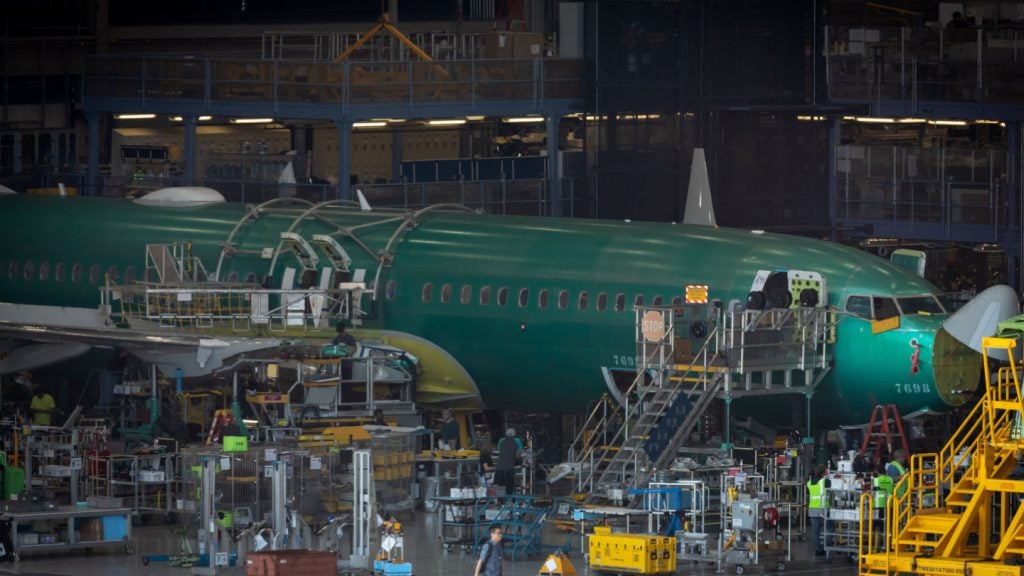The US Federal Aviation Administration (FAA) has found multiple instances of Boeing and its supplier Spirit AeroSystems failing to comply with quality control requirements during its six-week audit of the companies.
The regulator’s audit, sparked by the door plug blow out incident on a 737 MAX 9 aircraft in January which led to the grounding of more than 170 aircraft, is part of an ongoing investigation and adds to the mounting criticism of the manufacturer’s manufacturing quality control.
While the FAA did not disclose the exact issues it discovered in the audit, it said that it had informed Boeing’s CEO and other leadership that the company must address the “systemic” issues that were found with a comprehensive corrective action plan.
The order adds to the FAA’s previous order to Boeing that it must provide a response to a different report describing the implementation of the company’s safety culture as “inadequate and confusing” within three months.
Additionally, the FAA has halted any production expansion of the 737 MAX programme, is continuing its increased presence at Boeing’s Renton factory in Washington and Spirit AeroSystems’ facility in Wichita, Kansas, and is exploring the use of a third party to carry out independent reviews of quality systems at both manufacturers.
Alongside the FAA’s reports, the initial investigation into the blow out by the National Transportation Safety Board found that the 737 MAX 9 in question likely left Boeing’s factory without key safety bolts after additional work following its return from Spirit Aerosystems’ factory, where the door plug is manufactured and installed.
While Boeing has already taken actions to address concerns such as increasing oversight of its 737 MAX programme and carrying out a shakeup of the programme’s leadership, including the ousting of its chief, the company has continued to come under fire with reports that the US Department of Justice was also now looking into the blow out incident.
Boeing is also assessing a takeover of Spirit AeroSystems, which was spun off from the manufacturer in 2005, describing the move as a way of strengthening aviation safety, improving quality and serving customer interests.
It added: “Although there can be no assurance that we will be able to reach an agreement, we are committed to finding ways to continue to improve the safety and quality of the airplanes on which millions of people depend each and every day.”









